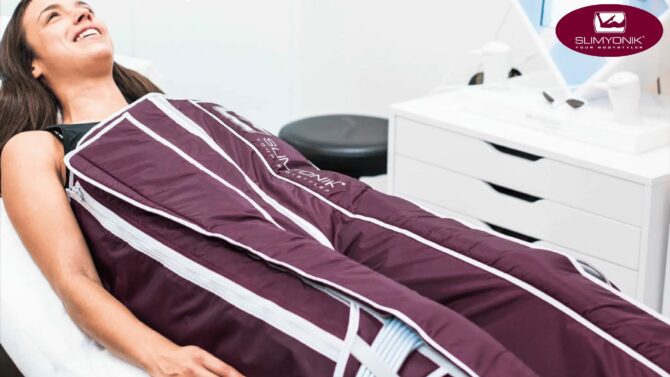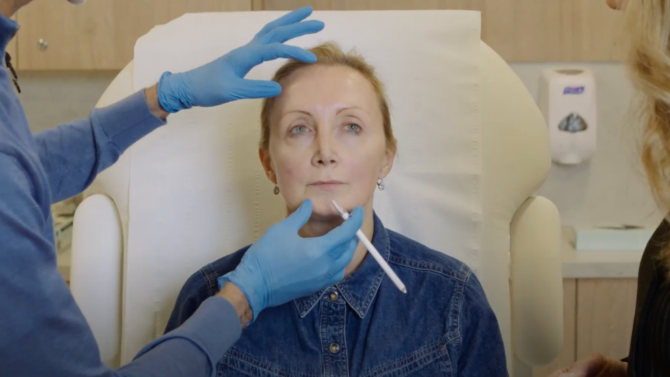Getting any cosmetic tweakment can be an exciting experience, but tweakments are also medical procedures, meaning they can have side effects, ranging from mild to life-changing complications. That’s why you should always approach them with due consideration; ensure you see a recommended and well-trained practitioner; and know exactly what to do if your tweakment does go wrong. Here’s everything you need to know…
1. Read the consent form
The first thing you should do before even having your tweakment is to read the consent form carefully – don’t just sign it! It should list all the potential side effects of your chosen treatment, so if something does go wrong you can identify it. Most importantly though, you need to understand that by signing the form you are acknowledging you accept the associated risks. This means that while a good practitioner will work hard to minimise side effects and support you if something goes wrong, they are only liable if they are negligent.
That isn’t meant to scare you off from having a ‘tweakment’, but ultimately you do need to sit with the idea that any of the risks – including the most serious ones – could potentially happen to you. For example, injection-based tweakments, such as dermal fillers, have a well-known risk of bruising, but infection and, in rare cases, tissue death (necrosis) is also possible. That’s why you should never consent to be treated by anyone who doesn’t take the time to talk you through a consent form. Plus, if you have any concerns, your practitioner should be more than happy to answer your questions.
“I have my patients fill out a consent form every single time they come to me, even if they have been my patient for 10 years,” reveals the aesthetic physician Dr Bhavjit Kaur. “You can’t expect the patient to remember everything, so it’s important to discuss the risks every time. I also don’t treat people on the same day if it is the first time they are being treated by me, as people need time to consider their options. I’ve had patients who have been getting fillers elsewhere for years, but they hear about certain risks for the first time when I speak to them.”
2. Recognise the signs of complications
A good practitioner will make you aware of what complications to look out for, and guide you on the differences between the side effects you can confidently address at home, and those that may require further attention. “I give my patients a detailed aftercare sheet with all the important content details they might need after every treatment – not just the first one – and educate my patients about when to come back if necessary,” says Dr Kaur. “It’s also important that you actually follow all the aftercare your practitioner gives you, as this can limit the risk of side effects, and make treating them easier.”
- “Doctors tend to know whether something could bruise post-treatment and will forewarn you about that, but any unexplained bruising, pain or significant pallor or discolouration in the treated areas should be discussed with your practitioner; the same is true for blistering, pus or significant redness around an injection site,” continues Dr Kaur. “For lip filler, you should look out for any lumps that do not go away with massage and any white, blue or purple colouration where, when pressed, the lip colour does not return in less than three seconds.”
3. If non-life threatening: Tell your practitioner and visit them (not A&E)
If your tweakment goes wrong, the first step is to immediately tell your practitioner. “It is the duty of your practitioner to train their staff to provide the correct support when they receive a phone call or email, and they should then report any issue to the doctor who did the treatment,” says Dr Kaur.
The next step is to arrange to come back into the clinic, so you can be examined, given advice and, in the case of dermal filler, start the process of dissolving the product, if required, advises Dr Kaur. For that reason, it can be wise to ask questions and get a feel for how easy and efficient this experience might be at your chosen clinic pre-treatment. In particular, be wary of anyone who only directs you to A&E for non-emergency complications.
“In A&E, complications from aesthetic treatments are classified as self-inflicted wounds so they are not seen as a medical emergency and you will be made to wait the full six to seven hours,” says Dr Kaur. In the case of necrosis, this can have permanent image-alternating consequences, as can the fact that “not all doctors are trained in what to do when presented with cosmetic complications, and the ward may not have hyaluronidase [the substance used to dissolve filler] to hand.”
Instead, a reputable aesthetic practitioner should make themselves (or an equally trained colleague) available to help you. That’s also why you should never have an aesthetic treatment right before a trip (Dr Kaur advises waiting up to 12 days), as you need to be near your doctor in case of complications.
4. If life-threatening: Seek medical attention
If you are faced with a life-threatening complication, treat it like the emergency it is. For example, there is a rare chance that toxin injections, especially those used in neck muscle treatment, can make breathing or swallowing more difficult. You must act quickly if this becomes an issue. Equally, if you start to experience pain in your eyes or a loss of vision, you should also seek medical help through 111, A&E or 999, to get the help you need. It is hospitals who will be able to provide the scans, oxygen or antibiotics you may need in such circumstances.
However, once you are on route to receiving emergency care, do inform your practitioner of the situation. According to Dr Kaur, the best practitioners will meet you at the hospital to stay involved in the situation, and once the emergency has passed, they should continue to be on hand to help with any side effects that were not life-threatening.
5. How to complain
Notifying your practitioner when something goes wrong is important for both your safety and your emotional wellbeing. Plus, it can kickstart getting you the help you need to fix the issue. However, if you want to specifically complain or get compensation after your experience the process can be a little muddier.
You certainly shouldn’t be afraid to complain to your clinic if you are unhappy with your care (indeed you should!), but, as mentioned, when you sign your consent form you are accepting the potential risk of something going wrong. This means that while the best practitioners will want to help you solve the problem – and plenty will go to great lengths to do so – it’s technically as a gesture of ‘good will’, and there’s a limit to what they may be able to do (especially free-of-charge) to assist you.
You may have a stronger case if your complaint is more specific, or if you can prove your practitioner was negligent – although if you do seek compensation (for loss of earnings or emotional distress) it’s likely to be a lengthy legal proceeding. You will need firm proof that you did not consent to what you received; you were not told about certain complications (and they happened to you); or your doctor was not contactable when complications arose. In those scenarios, you could also raise a concern to the Joint Council for Cosmetic Practitioners (JCCP) – although this does require you to have seen one of its registered aesthetic practitioners.
Ultimately, that’s why it’s so important to go to a reputable practitioner; complications can happen to anyone (even with the very best doctors), but the key is finding an expert who will do all they can to support you if your tweakment goes wrong.
To find a practitioner that Alice trusts, head to our practitioner guide to find the right expert for you.
Related Stories

Tweakments
An Aesthetic Doctor’s First-Hand Experience Of Having A Hair Transplant
If you are worried about thinning hair or a receding hairline, you are far from alone. Losing your hair is a...

Body contouring
Would You Try This Inflatable Suit To Tone Your Body?
We’ve always been told that lying back and relaxing won’t do a thing to transform our bodies...

Concerns
The Tweakment Ladder: How To Take Your First Steps In Tweaks
Given the huge number of tweakments available, it’s increasingly hard to work out where you should...

Tweakments
Less Is More – How To ‘Press Pause’ On Ageing With Natural-Looking Filler
Can we really ‘press pause on ageing’ using dermal filler? Alice visited globally-renowned...



 By
By 



 The Tweakments Chatbot
The Tweakments Chatbot